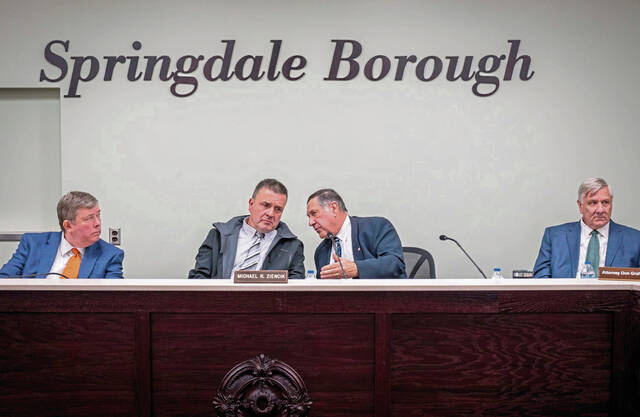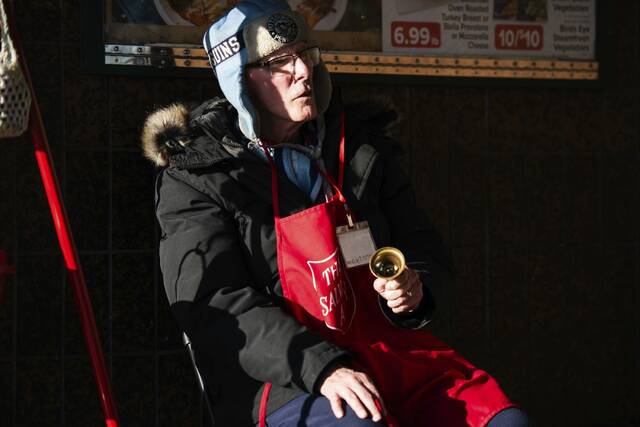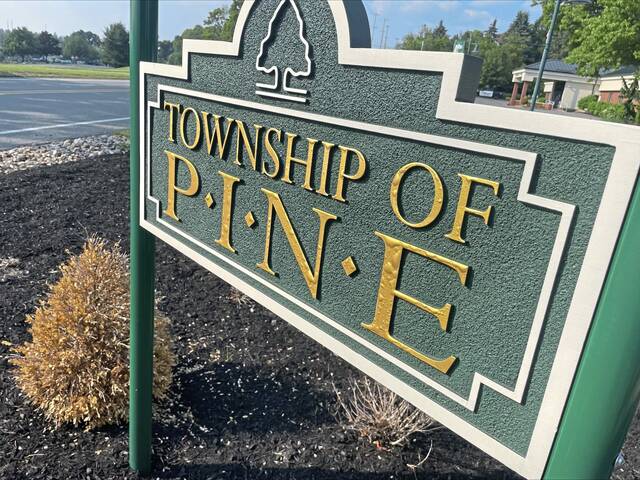Hampton High School teachers apparently prefer educating to monitoring.
“They didn’t always want to be the bad guys in the hallway, asking kids, ‘Can I see your pass?’” assistant principal Joshua Cable said. “That’s not the way we want to interact with our kids. We want to keep them accountable, but we want teacher-and-student interactions to be positive.”
Technology offers a solution, as he and other administrators explained at Hampton Township School Board’s Jan. 5 work session.
In the fall, the high school embarked on a pilot project with an application called EHallPass, an electronic system intended to supplant the relatively cumbersome and typically obtrusive traditional practice.
“There’s a clipboard in each classroom and a plastic pass,” principal Marguerite Imbarlina said. “You sign out your name, your time, take the pass. You go and come back.”
EHallPass streamlines the process by allowing students to make requests through their school-issued devices, and teachers either can grant permission manually or set up an automatic response. The information is compiled on a spreadsheet that shows who is allowed to be in hallways or other common areas of the school.
“That’s, I think, the beauty of it. There’s not that monitoring by engaging with someone negatively, unless you need to,” Michael Loughead, district superintendent, said.
For 2023-24, the high school implemented a Positive Behavior Intervention Support Program, which now is present in all Hampton grade levels, according to Imbarlina. She joined assistant principals Cable and Joseph Sebestyen in updating the school board about how the program is progressing.
Besides EHallPass, another initial area of focus is cellphone usage in classrooms. Caddies are provided for students to store their devices, and surprisingly to Cable, the idea was fairly well-received.
“We had a couple of kids come and beg us. They said, ‘It’s really nice not having to worry about it,’” he told the board, explaining the reasoning: “I can take my phone out of the caddy, and I have no notifications” from classmates in similar situations.
Students still are allowed to use their phones in places such as the cafeteria and study hall.
“They’re in high school. They need to learn how to use a cellphone appropriately,” Imbarlina said. “But we recognized that, especially after the pandemic, some of the social norms we had, we needed to bring up to date.”
She pointed out a social benefit:
“Now that phones are in a caddy in our classrooms, kids are talking to each other again.”
And violations of applicable policies have dropped considerably from 2022-23.
“We’ve actually had an 80% reduction in cellphone write-ups,” Sebestyen said, and in terms of overall accountability this year, “Ninety-five percent of our students have not received a write-up, at all.”
Regarding EHallPass, he told the board that a survey showed 92% of high school teachers were using the app by the end of the calendar year.
“Ninety-five percent of teachers felt, overall, medium to positive about it, in terms of that it’s working in their classroom,” he said. “And 87% of the teachers felt that it was working better or the same as the paper-pass system.”
A further advantage of an electronic system involves the ability to schedule in advance.
“Let’s say you needed a review or make up a test with your teacher,” Imbarlina said. “They can set an appointment pass so your study hall teacher knows where you’re supposed to be.”
The principals recommend continuing to pilot EHallPass through the end of the school year and making a decision about formally adopting the applications for 2024-45.








